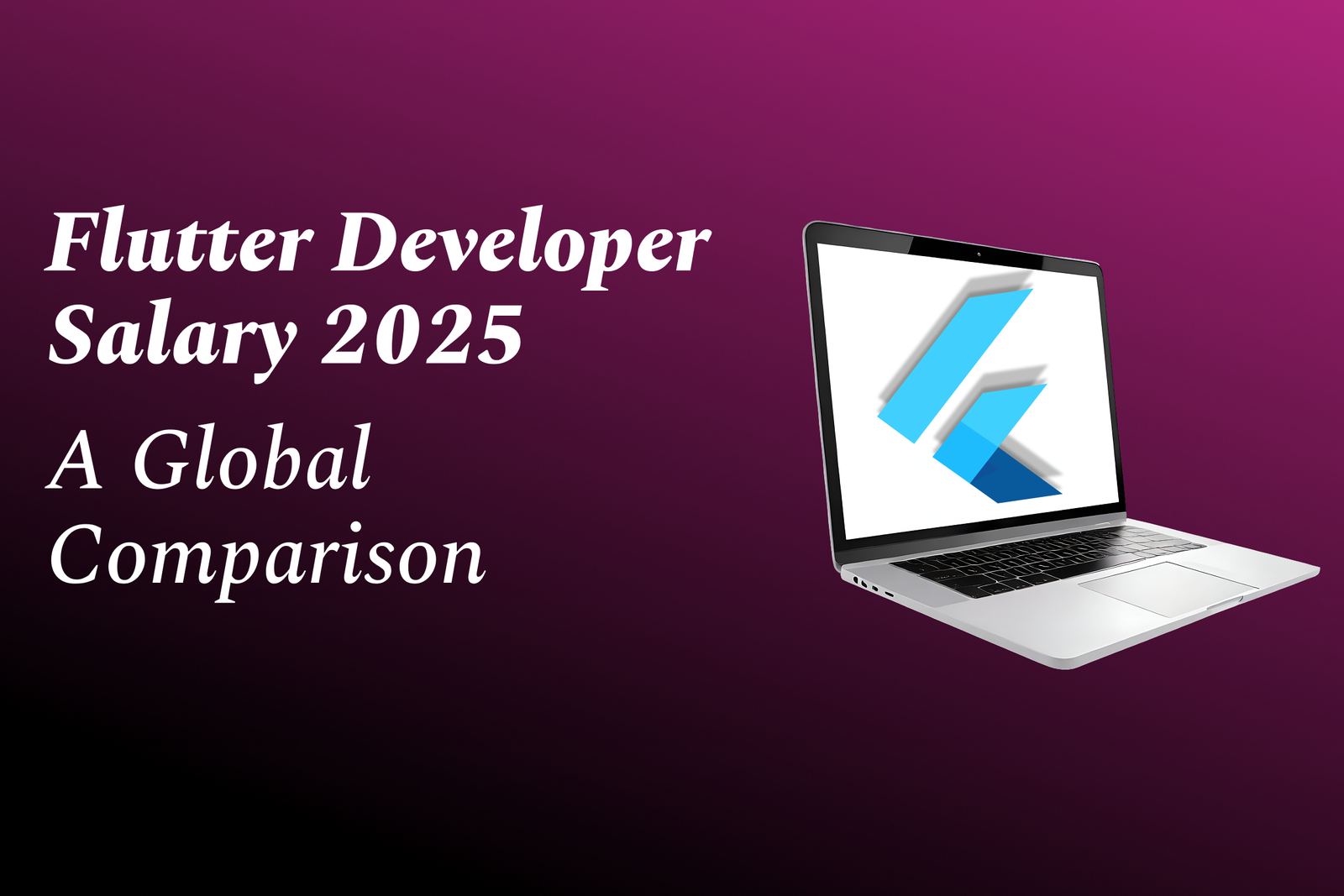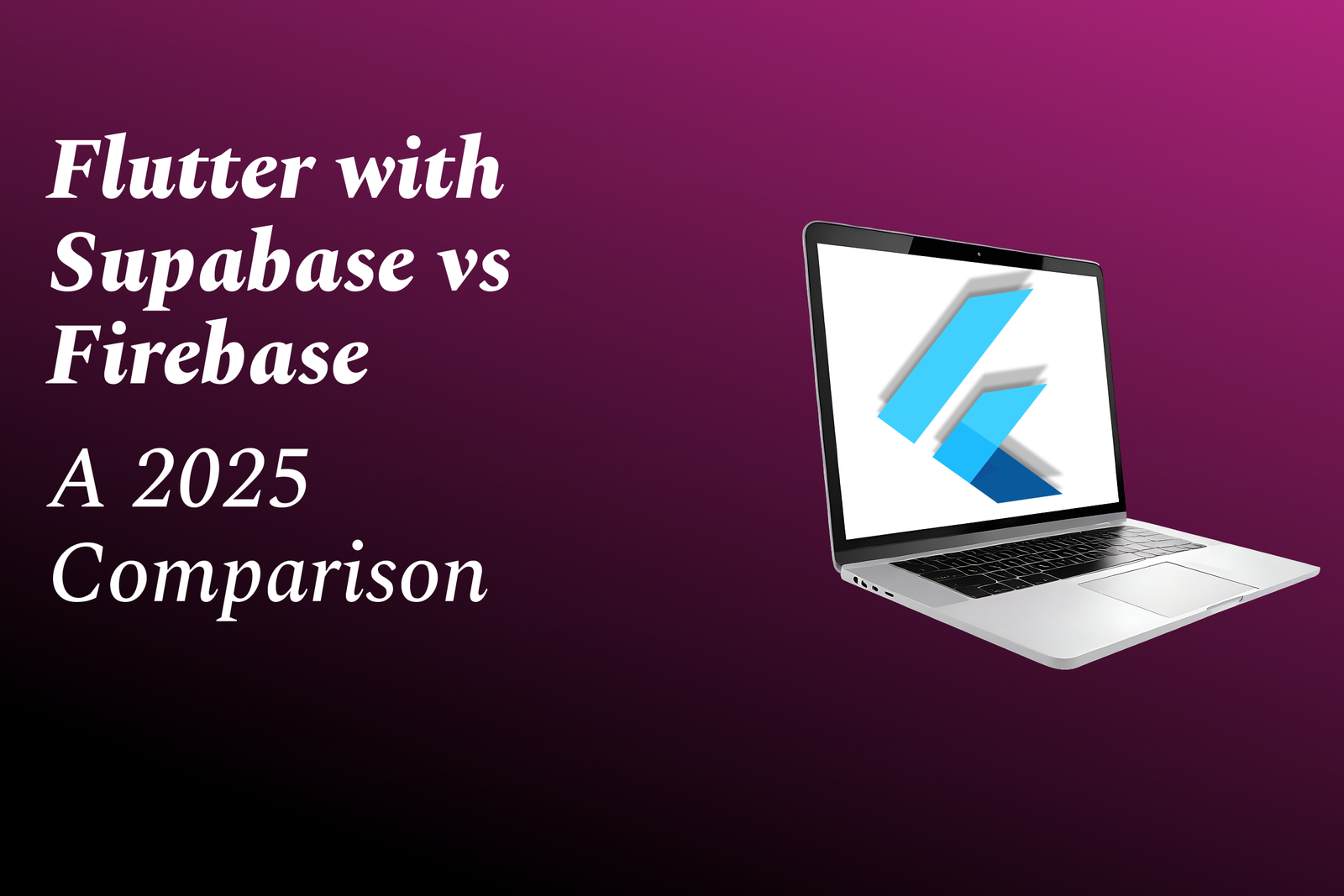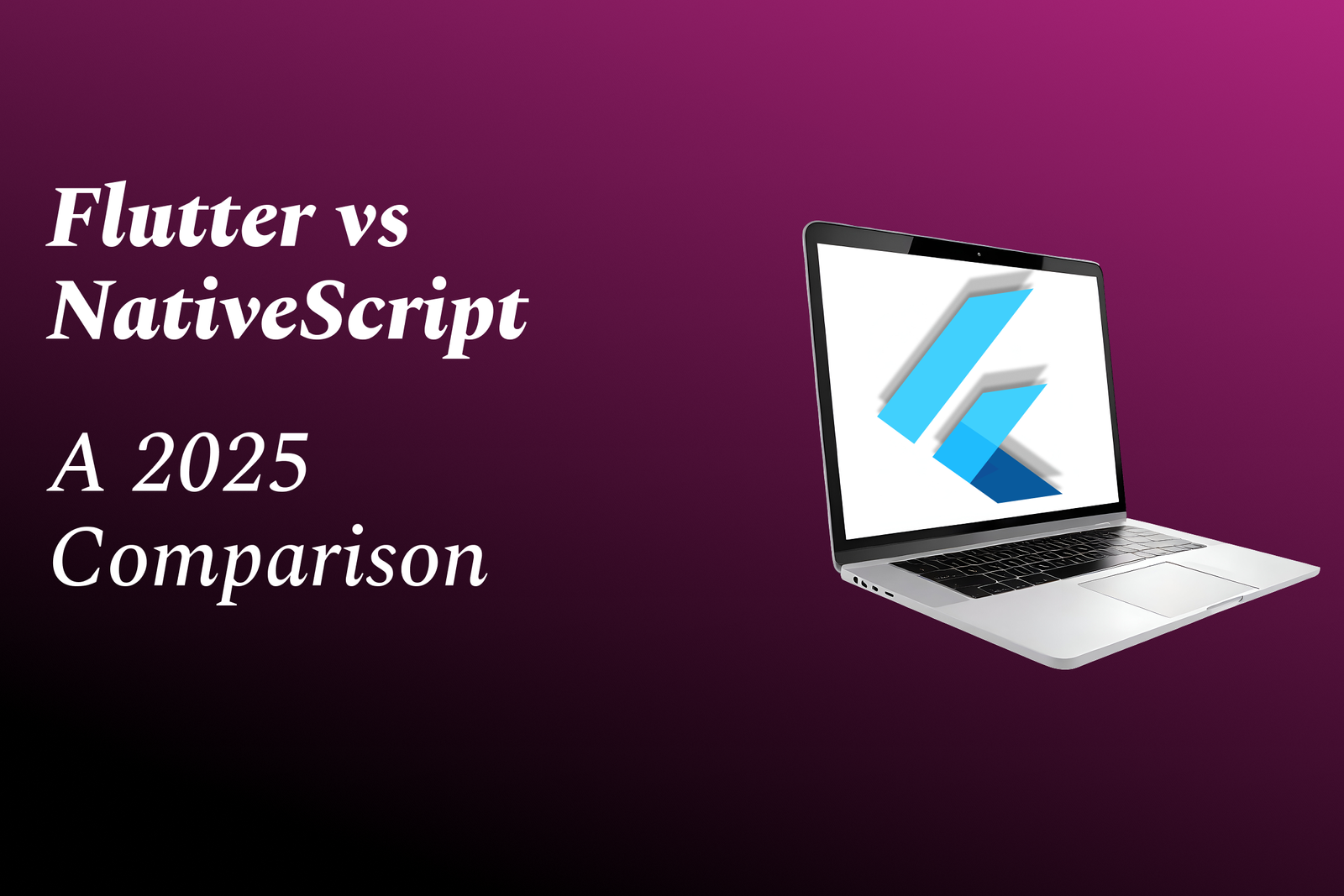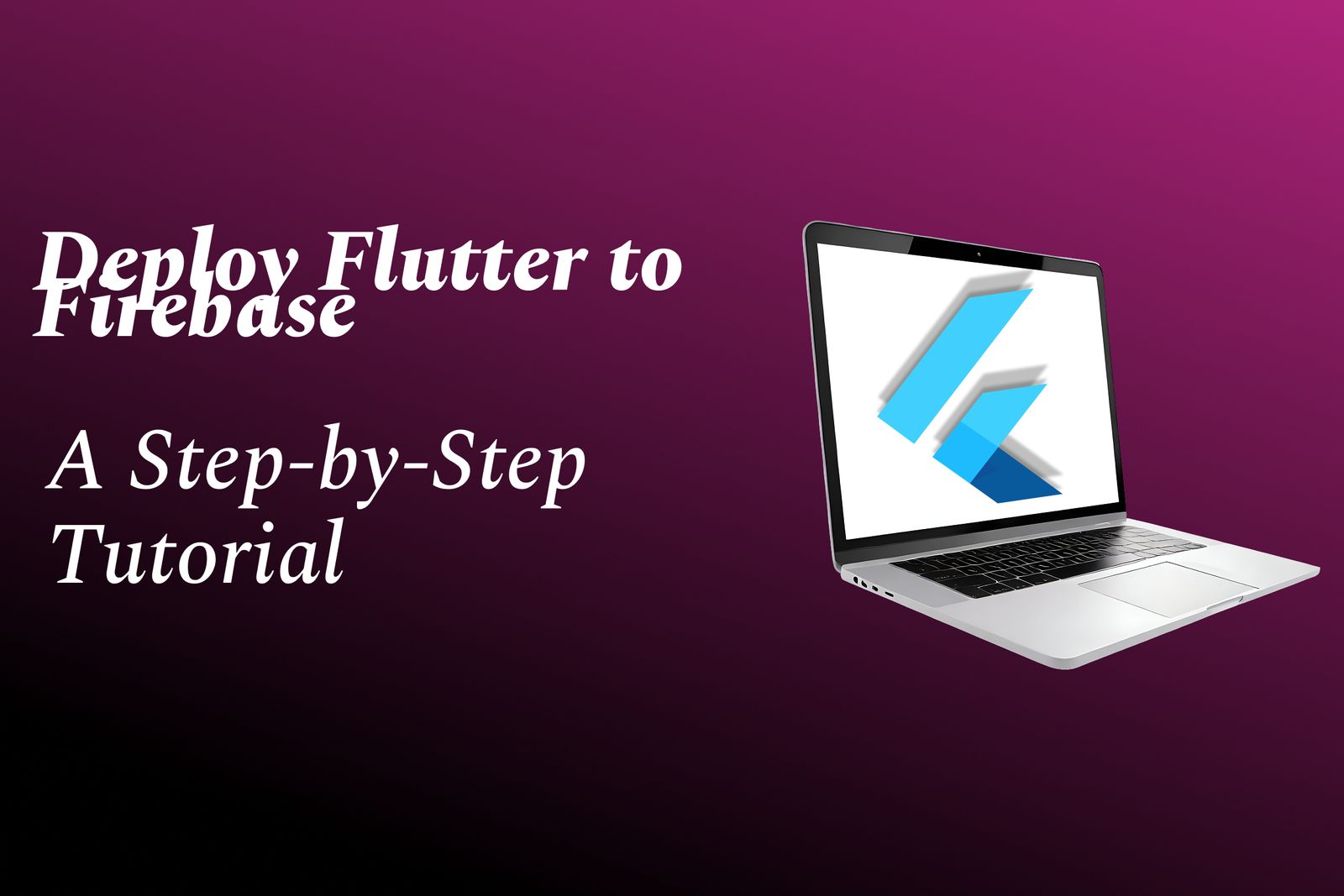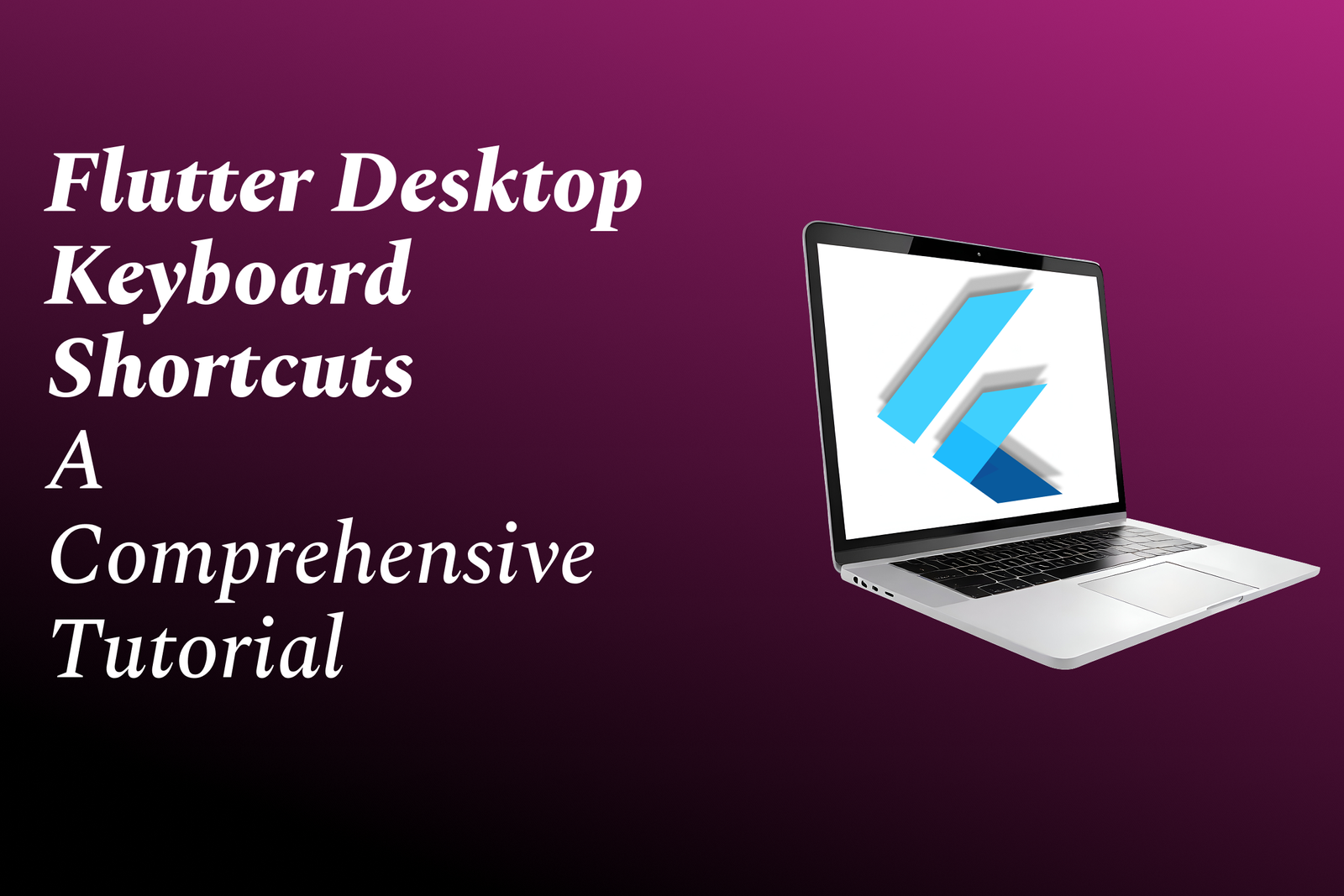Flutter Developer Salary 2025: A Global Comparison
Flutter Developer Salary 2025: A Global Comparison is a concise analysis of worldwide pay for Flutter engineers in 2025, showing regional salary averages and ranges by experience level and role while highlighting how industry, company size, remote work, and local cost of living influence offers. The comparison helps developers find high-paying markets and negotiate better packages, supports recruiters in benchmarking compensation, and guides learners and training providers on which skills and certifications — such as JustAcademy’s real-time project courses — most directly boost earning potential.
Flutter Developer Salary 2025: A Global Comparison
Flutter Developer Salary 2025: A Global Comparison gives a clear, data-driven snapshot of what Flutter engineers earn around the world and why those differences matter — showing regional averages and ranges by experience, role, industry, company size, and remote vs. on-site work. That perspective helps developers identify high-paying markets and the skills or certifications that most boost offers, enables recruiters and hiring managers to benchmark competitive packages, and guides learners and training providers (including JustAcademy’s hands-on, real-time project courses) on where to focus effort to maximize career growth and salary negotiation power.
To Download Our Brochure: **https://www.justacademy.co/download-brochure-for-free
**
Message us for more information: **https://api.whatsapp.com/send?phone=919987184296
**
Flutter Developer Salary 2025: A Global Comparison gives a clear, data driven snapshot of what Flutter engineers earn around the world and why those differences matter — showing regional averages and ranges by experience, role, industry, company size, and remote vs. on site work. That perspective helps developers identify high paying markets and the skills or certifications that most boost offers, enables recruiters and hiring managers to benchmark competitive packages, and guides learners and training providers (including JustAcademy’s hands on, real time project courses) on where to focus effort to maximize career growth and salary negotiation power.
Course Overview
This JustAcademy course delivers a concise, data-driven comparison of Flutter developer salaries worldwide, covering regional averages, experience- and role-based ranges, industry and remote vs. on-site trends, and practical negotiation strategies to maximize compensation.
Course Description
JustAcademy's concise course analyzes global Flutter developer salaries for 2025—regional averages, experience- and role-based ranges, industry and remote trends, and practical negotiation insights.
Key Features
1 - Comprehensive Tool Coverage: Provides hands-on training with a range of industry-standard testing tools, including Selenium, JIRA, LoadRunner, and TestRail.
2) Practical Exercises: Features real-world exercises and case studies to apply tools in various testing scenarios.
3) Interactive Learning: Includes interactive sessions with industry experts for personalized feedback and guidance.
4) Detailed Tutorials: Offers extensive tutorials and documentation on tool functionalities and best practices.
5) Advanced Techniques: Covers both fundamental and advanced techniques for using testing tools effectively.
6) Data Visualization: Integrates tools for visualizing test metrics and results, enhancing data interpretation and decision-making.
7) Tool Integration: Teaches how to integrate testing tools into the software development lifecycle for streamlined workflows.
8) Project-Based Learning: Focuses on project-based learning to build practical skills and create a portfolio of completed tasks.
9) Career Support: Provides resources and support for applying learned skills to real-world job scenarios, including resume building and interview preparation.
10) Up-to-Date Content: Ensures that course materials reflect the latest industry standards and tool updates.
Benefits of taking our course
Functional Tools
1 - Flutter SDK and Dart SDK — Students receive hands on instruction installing and configuring the Flutter and Dart SDKs to build cross platform mobile apps. The training covers widget trees, state management basics, and platform specific configuration so learners can produce production ready builds. Lab exercises include building a sample salary tracking app that fetches and displays compensation data across regions. Instructors provide troubleshooting sessions for common environment issues on Windows, macOS, and Linux. Continuous assessments ensure each student can compile, run, and profile Flutter apps independently.
2) Visual Studio Code and Android Studio — The course teaches IDE setup and productivity workflows using VS Code and Android Studio tailored for Flutter development. Students learn key extensions, debugging tools, emulators, and device provisioning to speed development and testing. Practical labs include hot reload workflows, widget inspection, and performance profiling on virtual and real devices. Trainers demonstrate project configuration, build flavors, and platform channels for iOS and Android. Workspace templates and recommended keybindings are provided so learners can reproduce professional environments.
3) Xcode and iOS provisioning — macOS and Xcode setup is covered for students targeting iOS builds, including signing, provisioning profiles, and simulator/device testing. The program walks through Apple Developer account configuration, certificate management, and App Store submission basics. Labs cover building and testing the course salary app on iOS simulators and physical devices, plus troubleshooting code signing errors. Students practice creating release builds, analyzing size and performance implications for different architectures. Mentors give one on one support to ensure each student can deploy an iOS build.
4) Firebase (Auth, Firestore, Analytics, Crashlytics) — Firebase services are taught as the primary backend for authentication, real time data, analytics, and crash reporting in the salary comparison app. Students integrate Email/Google sign in, design normalized Firestore schemas for salary entries, and implement role based access for data privacy. Course modules use Firebase Analytics to instrument user flows and Crashlytics to capture runtime issues during live demos. Practical assignments include migrating local mock data to Firestore and analyzing user engagement that drives compensation insights. Security rules and GDPR aware data practices are emphasized to protect survey data.
5) Git, GitHub, and branching strategies — Version control fundamentals and professional Git workflows are central to the program to prepare students for collaborative codebases. Training covers branching models (feature, develop, main), pull request best practices, commit hygiene, and conflict resolution. Students submit project milestones through GitHub, receive code reviews, and incorporate feedback in iterative sprints. The curriculum includes protected branches, release tagging, and using GitHub Issues and Projects to track feature delivery tied to salary study objectives. Real time mentor reviews simulate employer code review expectations.
6) CI/CD (GitHub Actions, Codemagic) — Continuous integration and delivery pipelines are implemented so students automate testing, linting, and app builds for Android and iOS. The course shows YAML pipelines for GitHub Actions and Codemagic configurations that produce signed artifacts and publish test reports. Labs require students to create pipelines that run unit/widget tests, perform static analysis, and upload artifacts to distribution channels. Instructors explain secrets management for keys and environment variables to secure release workflows. Students gain experience maintaining reproducible deployments that match industry standards.
7) REST APIs, Postman, and mock servers — Teaching API design and consumption is essential for integrating external salary datasets and employer data feeds. Students practice designing REST endpoints, using Postman collections to test requests, and creating mock servers for offline development. Coursework includes authenticating against public salary APIs, parsing paginated results, and handling rate limits and retries. Students implement robust error handling and caching strategies in the Flutter app to improve UX with flaky networks. Exercises demonstrate how API design impacts data quality in global compensation comparisons.
8) Data collection and web scraping tools (BeautifulSoup, Selenium) — For assembling comparative salary datasets, the course covers ethical web scraping and automated data collection techniques. Students learn to use BeautifulSoup for structured HTML parsing and Selenium for dynamic pages that require browser automation. Modules emphasize legal and ethical considerations, rate limiting, and respectful crawling patterns while harvesting public salary listings from job sites and company reports. Practical labs include normalizing scraped fields, deduplication, and timestamping for longitudinal analysis. Mentors guide students in validating scraped data and integrating it into the analysis pipeline.
9) Python, pandas, and Jupyter notebooks for analysis — Data cleaning, aggregation, and statistical analysis are taught using Python, pandas, and interactive Jupyter notebooks to derive meaningful salary insights. Students perform transformations, outlier detection, and normalization across currencies, job titles, and experience levels. Notebooks demonstrate reproducible workflows, with visual summaries and annotated code that form part of students’ portfolios. Assignments include calculating adjusted medians, regional comparisons, and trend analysis tied to 2025 compensation drivers. Instructors provide templates and review notebooks to ensure analytical rigor.
10) SQL and BigQuery (or cloud data warehouse) — Course modules cover SQL fundamentals and working with BigQuery or equivalent cloud data warehouses to query large compensation datasets efficiently. Students learn schema design, partitioning, and cost aware querying to produce scalable salary reports. Labs include writing aggregation queries that compute region wise averages, percentiles, and cohort analyses by experience or skill set. Integration steps show how query results feed into dashboards and the Flutter app for real time visualization. Mentors teach query optimization and secure access patterns for collaborative datasets.
11 - Data visualization (Tableau, Power BI, Plotly) — Visual storytelling with compensation data is taught using Tableau, Power BI, and interactive Plotly charts so students can communicate findings to employers and stakeholders. Students build dashboards that compare salaries by geography, stack, seniority, and company size, with filters and drill downs for exploratory analysis. Exercises emphasize choosing appropriate chart types, color accessibility, and annotating insights that support negotiation narratives. Deliverables include shareable dashboards embedded in portfolio pages and exported graphics for presentations. Instructors critique visualizations for clarity, accuracy, and business relevance.
12) Statistical and machine learning tools (scikit learn) — Introductory predictive modules use scikit learn to model salary drivers, perform regression analysis, and classify compensation bands. Students learn feature engineering for variables like location, years of experience, and tech stack, plus cross validation to avoid overfitting. Projects include building simple salary prediction models and evaluating feature importance to explain compensation variance. Emphasis is placed on interpretability and ethical use of predictive models when advising students or employers. Mentors review model outputs and guide improvements for reliable insights.
13) Monitoring and error tracking (Sentry, Firebase Crashlytics) — Reliability tooling is covered so students learn to monitor app health and diagnose runtime errors that could skew usage based salary insights. The course integrates Sentry and Crashlytics to capture exceptions, performance traces, and user impact metrics. Students set up alerting thresholds, create issue triage processes, and link crash reports to source code for quick remediation. Labs simulate production incidents and require students to resolve root causes and communicate fixes. This training ensures graduates can maintain analytic apps used in stakeholder discussions about compensation.
14) Design and prototyping tools (Figma, Zeplin) — UX and UI prototyping with Figma and Zeplin are taught so students can design clear, persuasive interfaces for salary dashboards and portfolio apps. Sessions include creating wireframes, implementing responsive layouts, and handoff ready specs for developers. Students create prototype flows that highlight compensation comparisons, filters, and contextual explanations that improve decision making. Instructors review accessibility, microcopy, and interaction patterns that build trust in salary data presentations. Final projects require a polished prototype and implemented Flutter UI matching the design.
15) Collaboration, project management, and communication tools (Slack, Notion, Zoom) — Professional collaboration tools are introduced to simulate real workplace workflows and group projects tied to the salary study. Students use Slack for day to day communication, Notion for project documentation and knowledge bases, and Zoom for live mentoring and demo days. The program assigns sprints, retrospectives, and peer code review responsibilities to replicate cross functional team dynamics. Deliverables include a project board, design docs, and a demo presentation that each student must lead. These soft skills tools train learners to present data and negotiate compensation narratives confidently.
16) Career and hiring platforms (LinkedIn, Resume builders, Mock interview platforms) — The course includes hands on sessions with LinkedIn optimization, resume/CV builders, and mock interview platforms to convert technical skills and salary analysis into higher offers. Students craft role targeted resumes, showcase the salary analytics project in portfolios, and practice behavioral and system design interviews with industry mentors. Training covers networking strategies, how to present salary research in negotiations, and employer outreach templates. Final assessments include mock negotiations and feedback to improve offer outcomes. These career tools bridge technical learning to measurable salary improvements.
17) Docker and containerization — Students learn to containerize backend services and local development environments using Docker. Labs cover multi stage Dockerfiles, composing services with Docker Compose, and best practices for small image sizes and reproducible builds that support team onboarding.
18) Kubernetes and orchestration — Introductory Kubernetes teaches deploying, scaling, and managing containerized workloads. Modules include writing manifests, Helm charts, service discovery, and basic cluster operations to prepare apps for production environments.
19) Cloud platforms (AWS, GCP, Azure) — Comparative modules cover core managed services (compute, storage, managed databases, serverless) across major clouds. Students deploy sample backends, configure IAM, and learn cost awareness and vendor selection for salary analytics workloads.
20) Security fundamentals and application hardening — Coursework addresses authentication/authorization (OAuth2, JWT), OWASP Top 10, secure storage of secrets, encryption in transit/at rest, and dependency vulnerability scanning. Practical exercises include threat modeling and implementing security rules for APIs and Firestore.
21 - Native modules and platform channels — For Flutter apps requiring platform specific capabilities, students build and integrate native plugins using platform channels. Labs include camera/biometrics integration, background tasks, and managing binary dependencies across iOS and Android.
22) Testing strategy: unit, widget, integration, and E2E — Comprehensive testing modules teach test driven development, mocking, and writing deterministic unit, widget, and integration tests in Flutter. End to end pipelines include CI run tests and flaky test reduction strategies.
23) Performance profiling and optimization — Training covers CPU, memory, and rendering profiling with Flutter DevTools and native profilers. Students learn to diagnose jank, reduce build sizes, optimize network use, and implement lazy loading and pagination for large salary datasets.
24) Accessibility and inclusive design (a11y) — Courses teach semantic widgets, proper labeling, keyboard navigation, color contrast, and screen reader testing. Students audit and remediate accessibility issues to ensure salary tools are usable by diverse audiences.
25) Internationalization and localization (i18n) — Students implement multi language support, locale aware formatting (dates, numbers, currencies), and dynamic RTL/LTR layouts so salary data is accurate and culturally appropriate for global users.
26) Real time & streaming data (WebSockets, Firebase Realtime, Socket.IO) — Modules show how to implement live updates for collaborative dashboards and notifications. Labs include real time leaderboards, push updates for survey submissions, and handling offline reconciliation.
27) Offline first architecture and data sync — Training addresses local persistence (SQLite, Hive), optimistic UI updates, conflict resolution patterns, and background synchronization so apps remain functional with intermittent connectivity.
28) Payments and subscriptions — Students integrate payment processors (Stripe, Razorpay, in app purchases) to implement premium features, paywalls, or donation flows. Coursework covers PCI considerations, testing sandbox flows, and subscription lifecycle management.
29) Serverless and edge computing — Modules explore Cloud Functions, AWS Lambda, and edge runtimes for lightweight APIs, webhooks, and preprocessing scraped or uploaded salary data. Students learn cost effective scaling and cold start mitigation.
30) GraphQL and advanced API patterns — Students design and consume GraphQL endpoints, set up schema stitching, and use subscriptions for real time feeds. Emphasis is on efficient data fetching for mobile clients and versioning strategies.
31 - Observability and SLOs (logging, metrics, tracing) — Training covers centralized logging, Prometheus style metrics, distributed tracing (OpenTelemetry), and defining SLOs/SLIs. Labs require setting up dashboards and alerting for production incidents.
32) Machine learning deployment and on device inference — Introductory modules demonstrate converting models for on device use (TensorFlow Lite), server hosted inference, and monitoring model drift for salary prediction features.
33) Privacy, ethics, and compliance — Deep dives on GDPR, CCPA, anonymization, consent flows, and responsible use of compensation data. Students implement privacy by design patterns and write data retention policiesigned with legal requirements.
34) Open source contribution and community practices — Students learn how to contribute to OSS projects, manage maintainership, draft clean PRs, and use licensing appropriately. This builds professional visibility and portfolio credibility.
35) Capstone project, portfolio, and mock interviews — The program culminates in a polished capstone: a deployed app or dashboard, accompanying design and analysis artifacts, and a public portfolio entry. Students undergo code reviews, presentation practice, and panel style mock interviews with mentors to refine hiring readiness.
These additions broaden JustAcademy’s curriculum to cover full stack product development, production operations, compliance, and career readiness so graduates can build, ship, and sustain real world applications. If you want, list additional niche topics (e.g., blockchain, AR/VR, telecom integrations) next.
Browse our course links : https://www.justacademy.in/all-courses
l
To Join our FREE DEMO Session: https://www.justacademy.in/register-for-course-demo
a
This information is sourced from JustAcademy
Contact Info:
Roshan Chaturvedi
Message us on Whatsapp: https://api.whatsapp.com/send?phone=919987184296
**Email id: mailto:info@justacademy.co
**
https://www.justacademy.co/blog-detail/server-driven-ui-with-flutter:-a-practical-implementation
https://www.justacademy.co/blog-detail/native-to-flutter-migration:-a-strategic-guide
https://www.justacademy.co/blog-detail/flutter-impeller-vs.-skia:-a-deep-dive-into-the-new-rendering-engine
https://www.justacademy.co/blog-detail/flutter-music-streaming-ui:-a-clone-tutorial
https://www.justacademy.co/blog-detail/starting-a-flutter-meetup:-a-community-builder's-guide
Flutter Developer Salaries 2025: Global Pay Rates, Country-by-Country Comparison & Trends
Flutter Developer Salaries 2025: Global Pay Rates & Country-by-Country Comparison
Flutter Developer Salaries 2025: Global Benchmarks — Average Pay by Country, Role & Experience
Flutter Developer Salary 2025: Global Comparison — Average Pay by Country, Role & Experience
